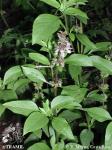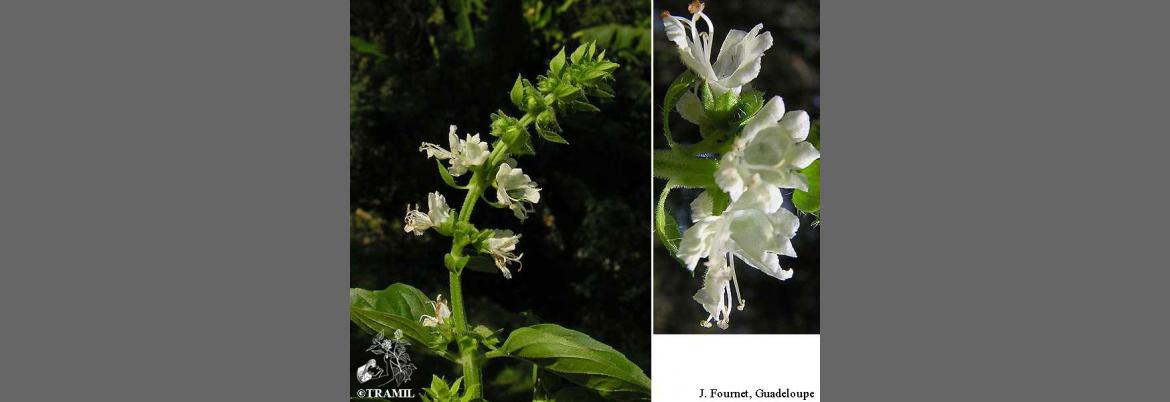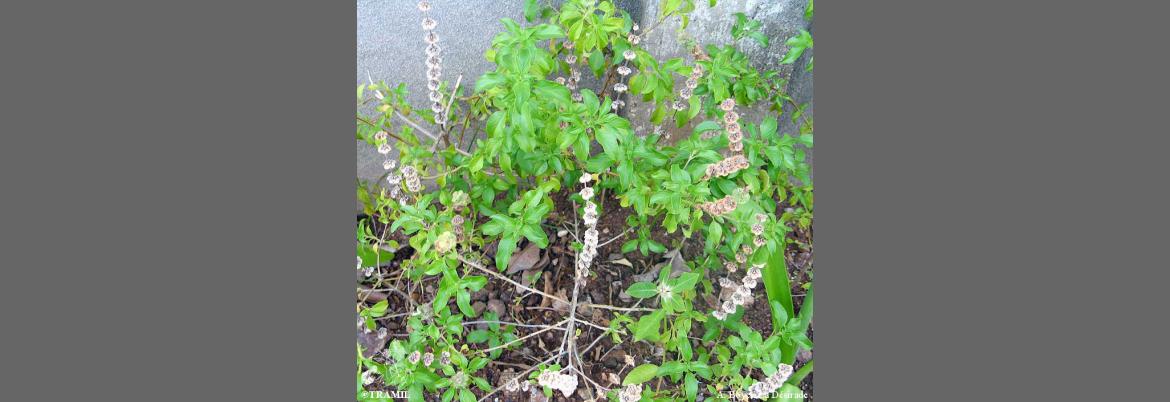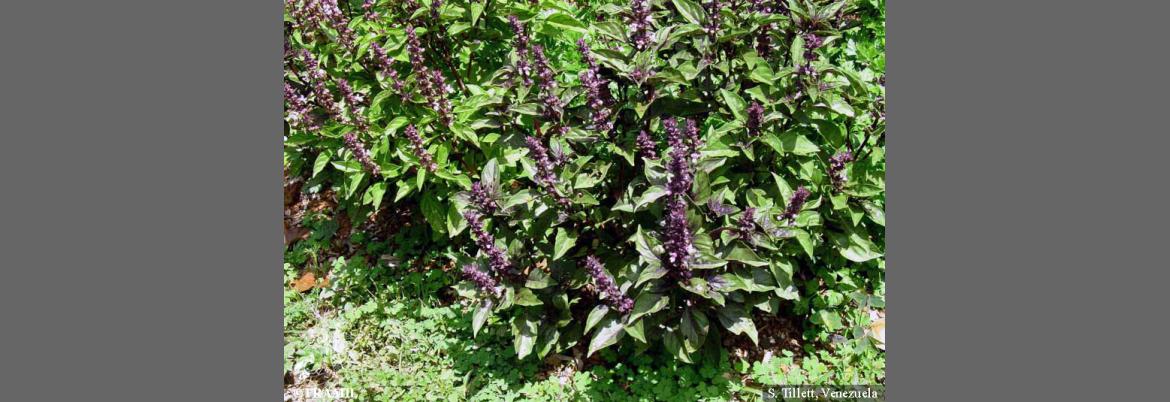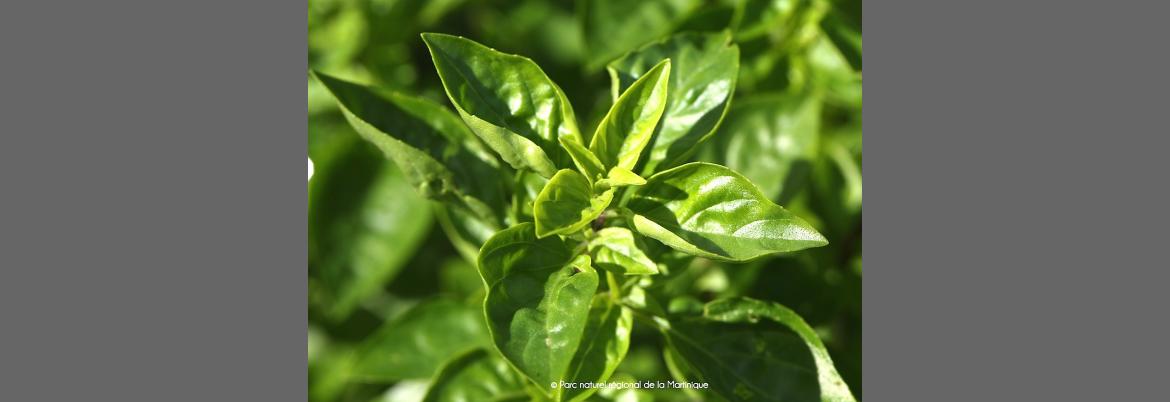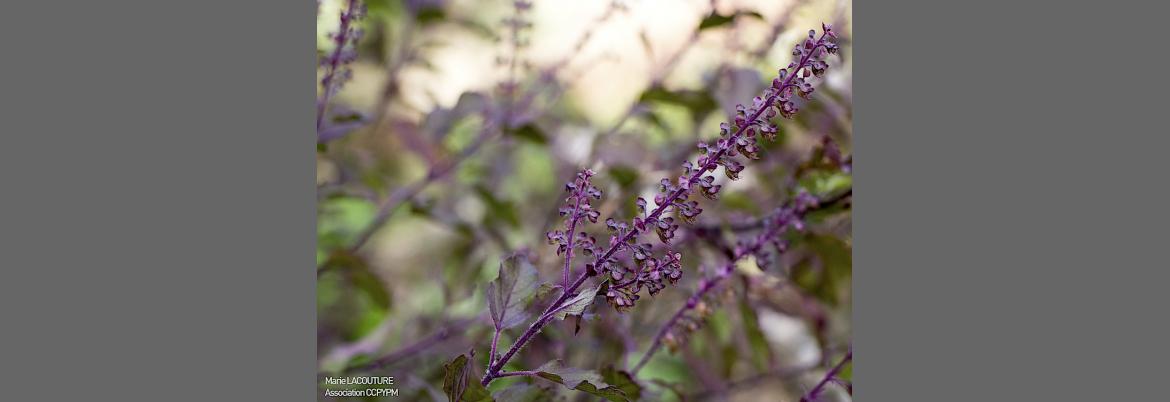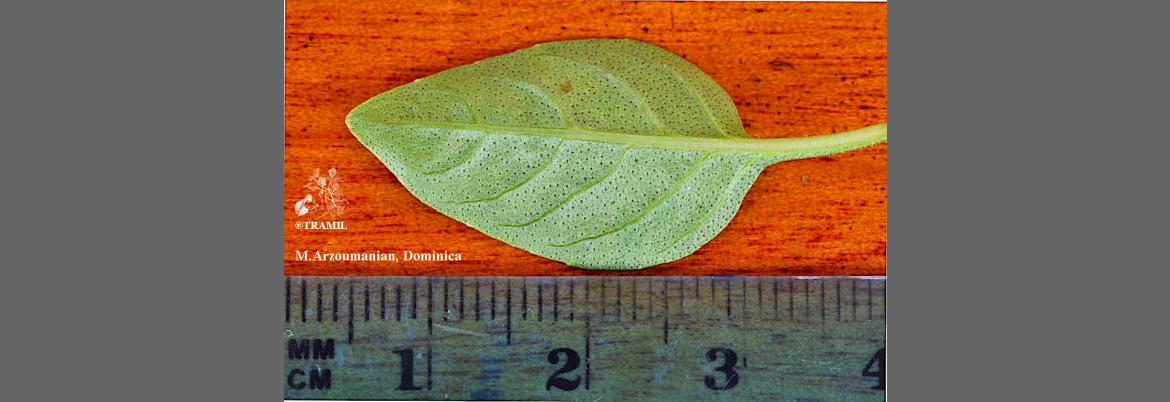1 GIRON L, 1988 Encuesta TRAMIL (Costa atlántica). Centro Mesoamericano de Tecnología CEMAT, Guatemala, Guatemala.
2 CHARLES C, 1988 TRAMIL survey. Movement for Cultural Awareness MCA, Roseau, Dominica.
3 WHO, 1991 Guidelines for the assessment of herbal medicines. WHO/TRM/91.4. Programme on Traditional Medicines, WHO, Geneva, Switzerland.
4 BUCH JG, DIKSHIT RK, MANSURI SM, 1988 Effect of certain volatile oils on ejaculated human spermatozoa. Indian J Med Res 87(4):361-363.
5 RODRIGUES R, ODETE L, 1991 Composition of the Ocimum basilicum oil. Bol Fac Farm Coimbra 15(1):47-51.
6 SKALTSA H, PHILIANOS S, 1990 Contribution to the chemical study of Ocimum basilicum L.: 2nd communication. Plant Med Phytother 24(3):193-196.
7 DUKE JA, ATCHLEY AA, 1986 Handbook of proximate analysis tables of higher plants. Boca Raton, USA: CRC Press. p114.
8 QUEIROZ I, REIS S, 1989 Antispasmodic and analgesic effects of some medicinal plants (conference). Brasil: Simpósio Brasil-China de Química e Farmacologia de Produtos Naturais, Abstr. Nº 180.
9 AKHTAR MS, MUNIR M, 1989 Evaluation of the gastric antiulcerogenic effects of Solanum nigrum, Brassica oleracea and Ocimum basilicum in rats. J Ethnopharmacol 27(1/2):163-176.
10 AKHTAR MSA, AKHTAR AH, KHAN A, 1992 Antiulcerogenic effects ofOcimum basilicum extracts, volatile oils and flavonoid glycosides in albino rats. Int J Pharmacognosy 30(2):97-104.
11 DUBE S, UPADHYAY PD, TRIPATHI SC, 1989 Antifungal, physicochemical, and insect-repelling activity of the essential oil of Ocimum basilicum. Can J Bot 67(7):2085-2087.
12 JANSSEN AM, CHIN NL, SCHEFFER JJ, BAERHEIM-SVENDSEN A, 1986 Screening for antimicrobial activity of some essential oils by the agar overlay technique. Pharm Weekbl (Sci Ed) 8(6):289-292.
13 DIKSHIT A, HUSAIN A, 1984 Antifungal action of some essential oils against animal pathogens. Fitoterapia 55(3):171-176.
14 EL KELTAWI NEM, MEGALLA SE, ROSS S, 1980 Antimicrobial activity of some Egyptian aromatic plants. Herbal Pol 26(4):245-250.
15 MARUZZELLA JC, SCRANDIS DA, SCRANDIS JB, GRABON G, 1960 Action of odoriferous organic chemicals and essential oils on wood-destroying fungi. Plant Dis Rept 44:789-792.
16 LAM L, ZHENG B, 1991 Effects of essential oils on glutathione S-transferase activity in mice. J Agric Food Chem 39(4):660-662.
17 REITER M, BRANDT W, 1985 Relaxant effects of terpenoid on tracheal and ileal smooth muscles of the guinea pig. Arzneim-Forsch 35(1):408-414.
18 HUSSAIN RA, POVEDA LJ, PEZZUTO JM, SOEJARTO DD, KINGHORN AD, 1990 Sweetening agents of plant origin: Phenylpropanoid constituents of seven sweet-tasting plants. Econ Bot 44(2):174-182.
19 GARCIA LOPEZ A, VIZOSO PARRA A, RAMOS RUIZ A, PILOTO J, 2000 Estudio toxicogenético de un extracto fluido de Ocimun basilicum L. (albahaca blanca). Rev Cubana Planta Med 5(3):78-83.
20 LOGARTO PARRA A, SILVA YHEBRA R, GUERRA SARDINAS I, IGLESIAS BUELA L, 2001 Comparative study of the assay of Artemia salina L. and the estimate of the medium lethal dose (LD50 value) in mice, to determine oral acute toxicity of plant extracts. Phytomedicine 8(5):395-400.
21 DUKE JA, 1985 Handbook of medicinal herbs. Boca Raton, USA: CRC Press.
22 CANIGUERAL S, VILA R, RISCO E, PEREZ F, PORTILLO A, FREIXA B, MILO B, VANACLOCHA B, RIOS JL, MORALES MA, ALONSO JR, BACHILLER LI, PERIS JB, STUBING G, 2002 Albahaca (Ocimum basilicum L.). Vademecum de Fitoterapia, Editorial Masson, Barcelona, España, Nov. 20, 2003. URL: http://www.masson.es/book/fitoterapia.html
23 LOPEZ M, MARTINEZ MJ, MOREJON Z, BOUCOURT E, FERRADA C, FUENTES V, MORON F, 2005 Irritabilidad dérmica primaria de una decocción de partes aéreas frescas de Ocimum basilicum L. Informe TRAMIL. Laboratorio Central de Farmacología, Facultad de Medicina “Dr. Salvador Allende”, Cerro, C. Habana, Cuba.
24 POUSSET J, 1989 Plantes médicinales africaines. Paris, France: ACCT.
